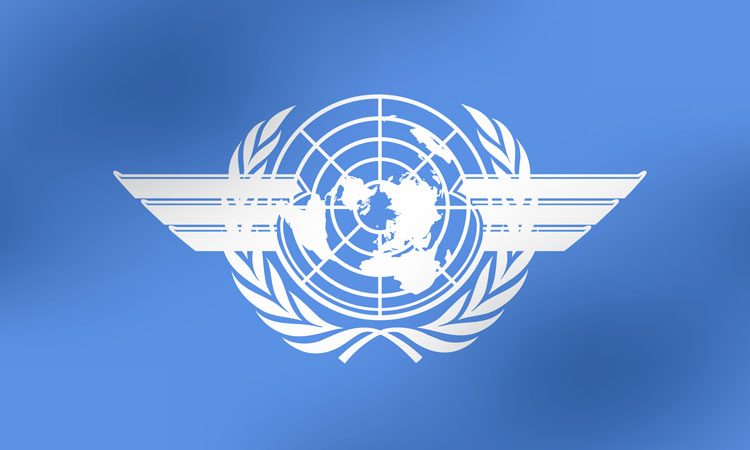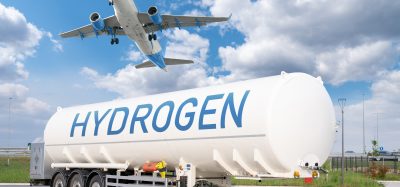ICAO forum highlights development priorities of Americas participants
- Like
- Digg
- Del
- Tumblr
- VKontakte
- Buffer
- Love This
- Odnoklassniki
- Meneame
- Blogger
- Amazon
- Yahoo Mail
- Gmail
- AOL
- Newsvine
- HackerNews
- Evernote
- MySpace
- Mail.ru
- Viadeo
- Line
- Comments
- Yummly
- SMS
- Viber
- Telegram
- Subscribe
- Skype
- Facebook Messenger
- Kakao
- LiveJournal
- Yammer
- Edgar
- Fintel
- Mix
- Instapaper
- Copy Link
Posted: 25 September 2018 | International Airport Review | No comments yet
The fourth annual ICAO World Aviation Forum has emphasised that the top priority of development must be to ensure air traffic growth is managed safely, securely and efficiently, with due respect for our sector’s concrete environmental commitments.


Major momentum to increase global public and private sector attention on air transport development priorities, particularly in the Americas, has been achieved at the fourth annual ICAO World Aviation Forum in Fortaleza, Brazil, culminating in the adoption of a Declaration to Promote Connectivity through the Development and Sustainability of Air Transport in the Pan-American Region – Vision 2020-2035. Through the establishment of a framework commitment to collaborate in the sustainable growth of air transport, this Declaration intends to promote investment for the development of civil aviation throughout the Americas over a 15-year period.
ICAO Council President, Dr. Olumuyiwa Benard Aliu, set the stage in his opening remarks, underscoring to its high-level participants that: “Aviation connects States to regional and global markets, which in turn enhances consumer benefits and choices. This fosters job creation and provides added stimulus for local tourism and trade.”
According to the latest ICAO long-term traffic forecasts, air traffic volumes for both passengers and freight are poised to more than double by 2035. This represents an vast amount of raw economic potential, owing to the fact that the economic benefits of aviation will also double in magnitude during the same period, supporting over 100 million jobs and generating more than six trillion dollars in global GDP.
The ICAO President remarked: “These substantial impacts emphasise the high degree of priority which should be accorded to aviation development in order to fully capture and realise the potential socio-economic benefits. They also explain why we have focused this year’s IWAF along the theme of Promoting investment for aviation development.”
President Aliu further noted that governments’ local and national master plans and strategies are key to this dynamic, and that they would greatly benefit from being aligned and structured on the basis of the targets and frameworks established in ICAO’s Global Plans for Aviation Safety (GASP), Air Navigation (GANP), and Aviation Security (GASeP).
“By establishing cooperatively-agreed targets and priorities, ICAO’s Global Plans provide us with useful roadmaps which guide our progress in terms of infrastructure and systems modernisation, capacity building, aircraft equipage, policy and regulatory adjustments, and many other goals which require both national commitments and international collaboration.”
Secretary General Liu noted that a key takeaway for all present was that the future outlook for aviation remains very positive.
Stressing the forecast annual growth rates for passenger and freight traffic through 2035, projected to come in at 4.3 per cent and 3.9 per cent respectively, Dr. Liu emphasised that the “top priority must be to ensure that air traffic growth is managed safely, securely and efficiently, with due respect for our sector’s concrete environmental commitments, and in a manner which fully optimises all related social and economic benefits”.
She further stressed that States must work to structurally formalise their aviation development plans, consistent with relevant international economic and financial frameworks. States also need to develop gap-analysis to define strategic aviation development targets which are fully aligned with ICAO’s Global Plans, and achieve broad-based consensus among all government and industry partners concerned, and strongly emphasised the need to target a dedicated portion of related capacity building on investment in ‘soft infrastructure’, in addition to technology and innovation.
She said: “National planners must keep one eye very clearly focused on the need for adequate numbers of skilled professionals to be on hand to operate their new facilities and technology, meaning that human resources planning and development must therefore be pursued hand-in-hand in order to optimise returns on all related investments.”
ICAO and the Dominican Republic, within the context of ICAO’s continuing efforts to assist Small Island Developing States (SIDS), made a joint presentation of the preliminary results of a case study quantifying the economic and social benefits of aviation connectivity in that country as a template for other States and regions. It focuses on the positive socio-economic impacts of air transport for the Dominican Republic and seeks to demonstrate more generally the benefits seen by national economies when States choose to make aviation a priority sector within their national development strategies, planning and policies.
Related topics
Airport development, Sustainability, Sustainable development


















